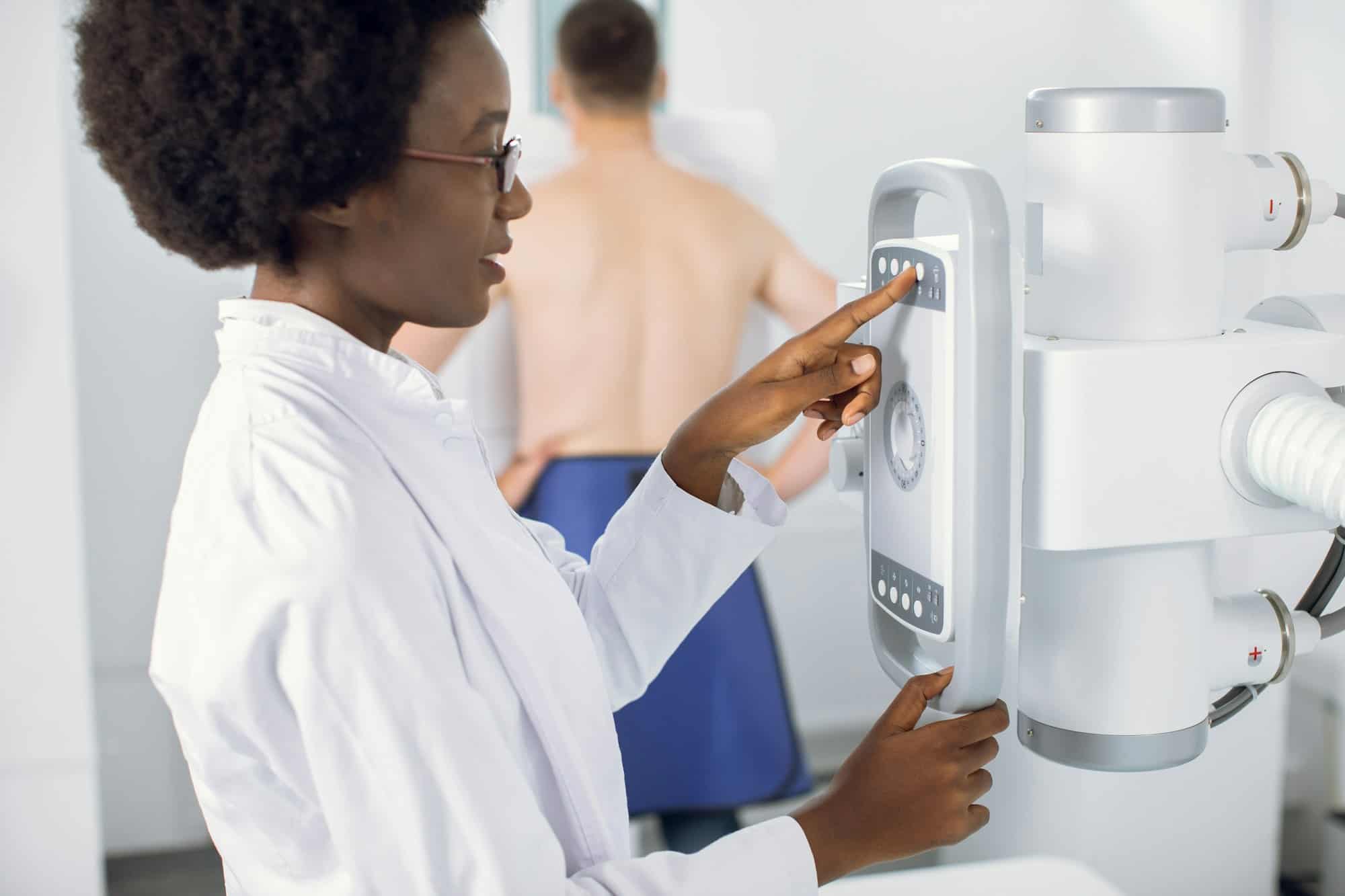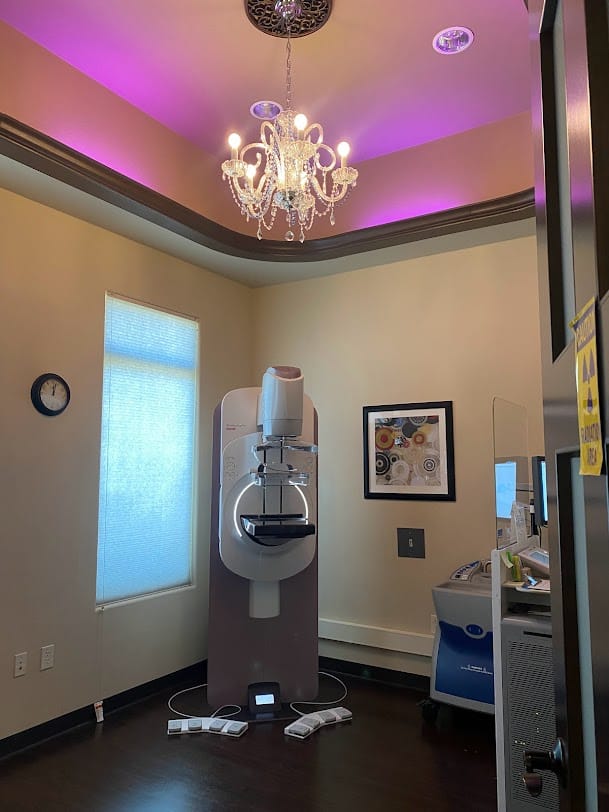Breast health is a crucial aspect of overall wellness, and regular mammograms play a key role in maintaining it. These screenings are a powerful tool in the early detection of breast cancer, significantly impacting treatment outcomes and survival rates.
What is a Mammogram?
A mammogram is an X-ray image of the breast used to detect abnormalities that may indicate breast cancer. There are two types: screening mammograms, which are used for routine checks in asymptomatic women, and diagnostic mammograms, which are used when symptoms or abnormalities are present.
How Does a Mammogram Work?
During a mammogram, the breast is placed between two plates that gently compress the tissue. This compression is essential as it spreads the breast tissue evenly and allows for clearer imaging. The X-ray machine then captures detailed images of the breast, which are examined by radiologists for any signs of abnormalities.
Types of Mammograms
- Screening Mammograms: These are used for routine checks in women who have no symptoms of breast cancer. The goal is to detect any potential issues early, often before a lump can be felt. Screening mammograms are generally recommended annually for women starting at age 45, though some guidelines suggest beginning earlier for women with higher risk factors.
- Diagnostic Mammograms: These are performed when there are symptoms or signs of potential breast issues, such as a palpable lump, changes in breast size or shape, or unusual discharge. Diagnostic mammograms provide a more detailed view of the breast tissue and may involve additional images from different angles to better evaluate any areas of concern.
Why Are Mammograms Important?
Mammograms play a crucial role in early breast cancer detection. By identifying potential issues before symptoms appear, they allow for earlier intervention and treatment, which can significantly improve the chances of successful treatment and recovery. Early detection can lead to less aggressive treatments and a higher survival rate.
What to Expect During a Mammogram
The procedure typically lasts about 15 to 30 minutes. Although some women may experience minor discomfort due to the compression of the breast, the process is relatively quick. The compression is necessary to obtain high-quality images and to minimize the radiation dose.
After the mammogram, the images are analyzed by a radiologist, who will send a report to your healthcare provider. If any abnormalities are detected, further tests or follow-up appointments may be recommended.
The Importance of Early Detection
Breast cancer, like many other diseases, is more easily treated and managed when detected early. Mammograms can identify small tumors that are too small to be felt, and in some cases, before they have spread to lymph nodes. Early detection often leads to more effective treatment options, including less aggressive therapies, and can significantly improve the likelihood of survival.
Recommended Screening Guidelines
The American Cancer Society recommends that women begin annual mammograms at age 45. Women aged 40 to 44 have the option to start screening earlier, while those 55 and older may choose to switch to biennial screenings. However, individuals with a family history of breast cancer or other risk factors may need to start screenings earlier or undergo additional tests.
Addressing Common Concerns
Many women hesitate to get mammograms due to fears or misconceptions. It’s important to understand that while mammograms might cause some discomfort, the procedure is quick and the potential benefits far outweigh any temporary discomfort. Additionally, mammograms use low doses of radiation, which are considered safe and are outweighed by the benefits of early detection.
The Role of Regular Check-Ups
Routine mammograms are just one component of breast health. Regular self-exams, clinical breast exams, and staying informed about family history and genetic factors are also important. Combining these practices with regular mammograms provides a comprehensive approach to maintaining breast health.
Conclusion
Regular mammograms are a vital part of preventive health care for women. They offer a crucial advantage in the fight against breast cancer by detecting potential issues before they become serious. Staying informed about screening guidelines and maintaining regular appointments can significantly contribute to better health outcomes and peace of mind. Make mammograms a priority and take charge of your breast health today. Contact us today at Eve’s Breast Center, located at 630 E State Hwy 114, Southlake, TX 76092.


